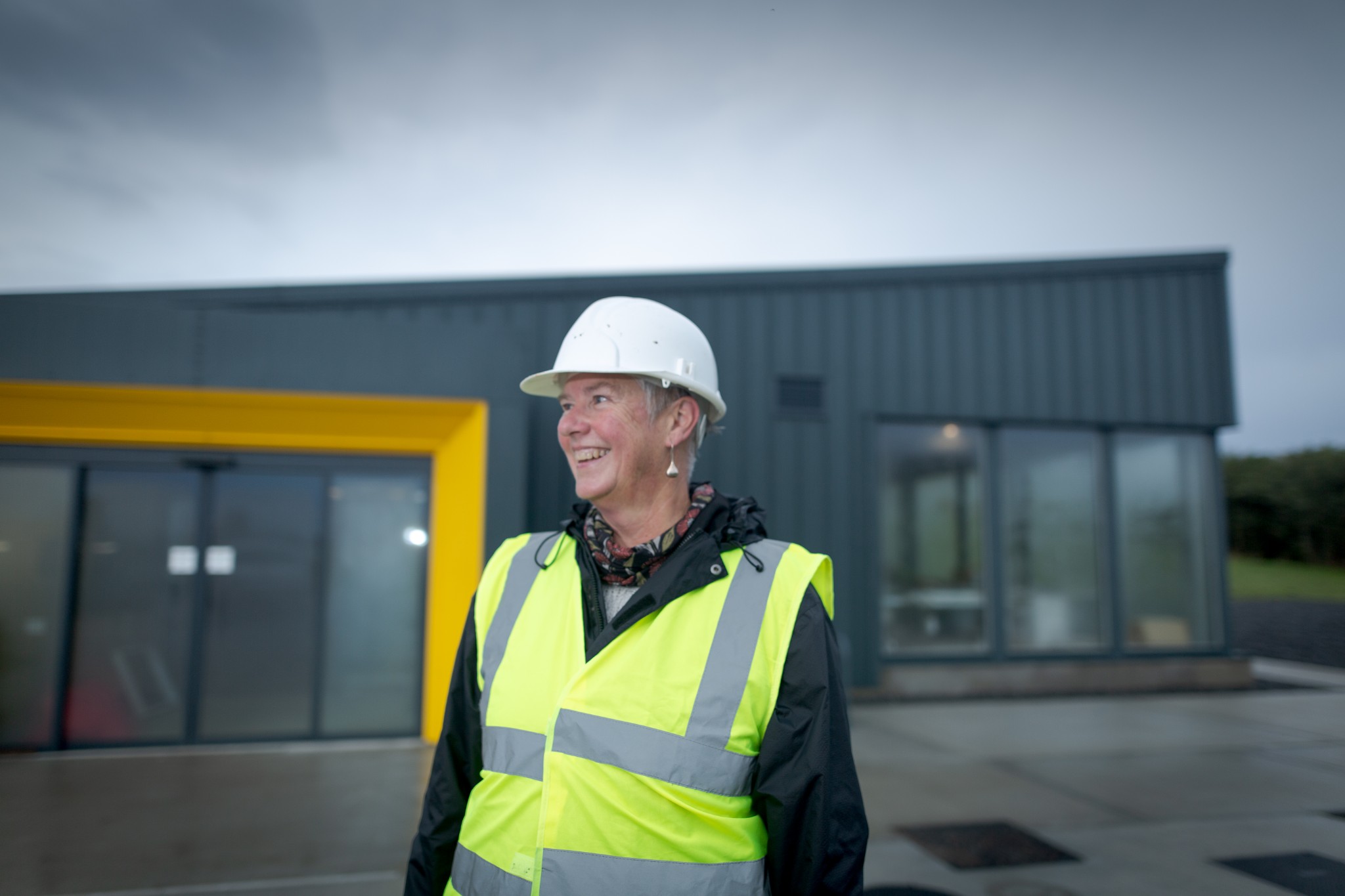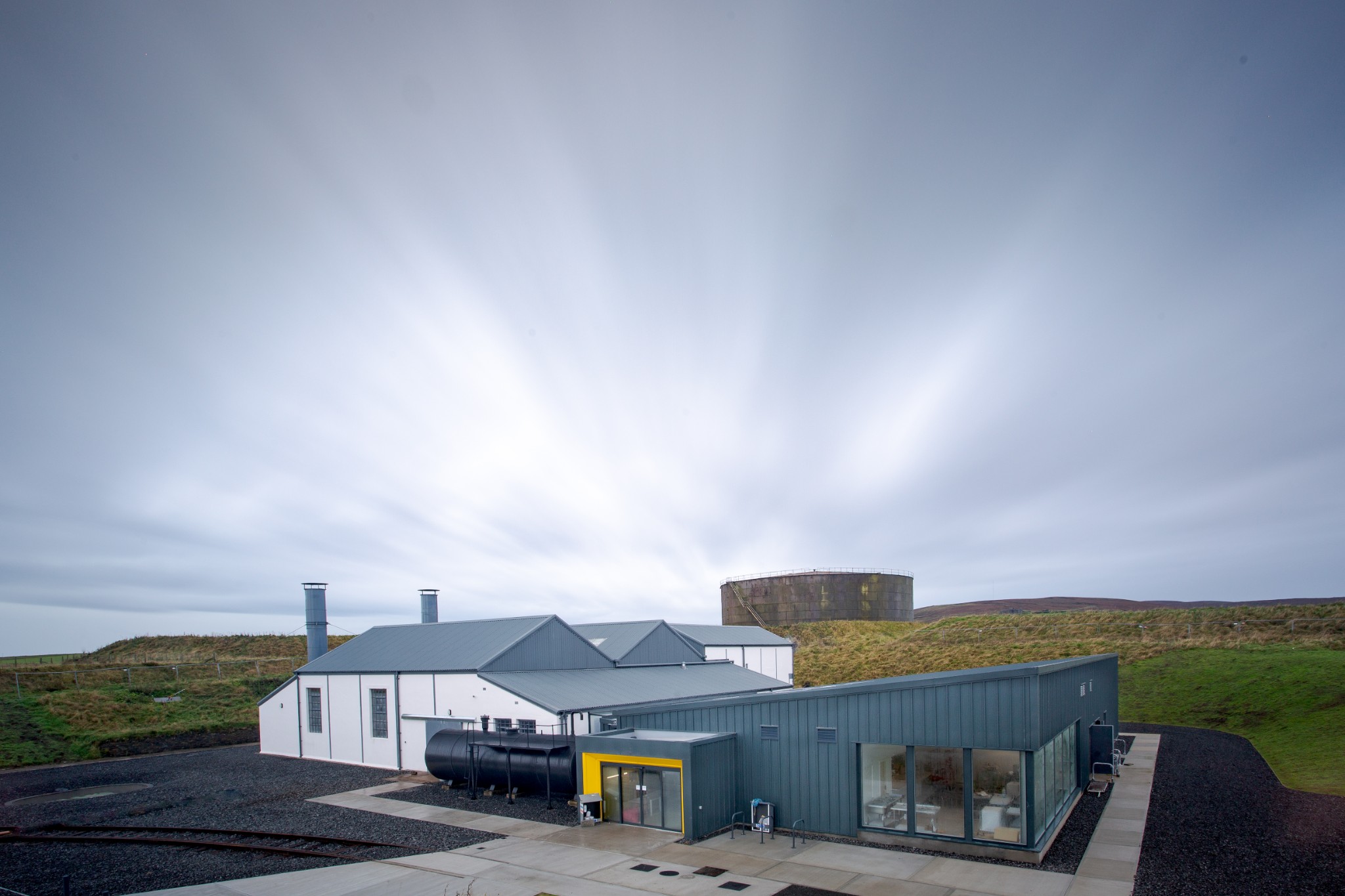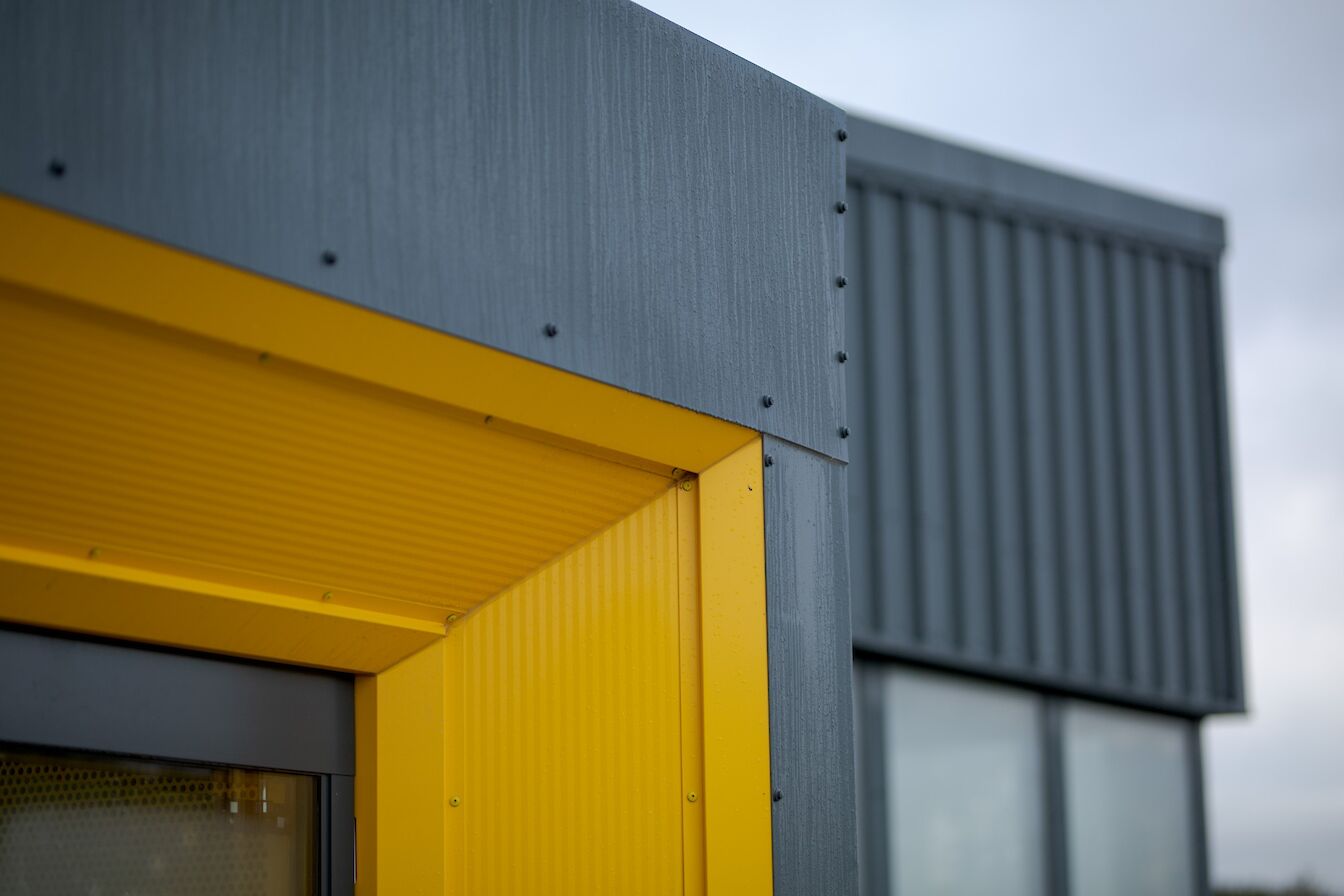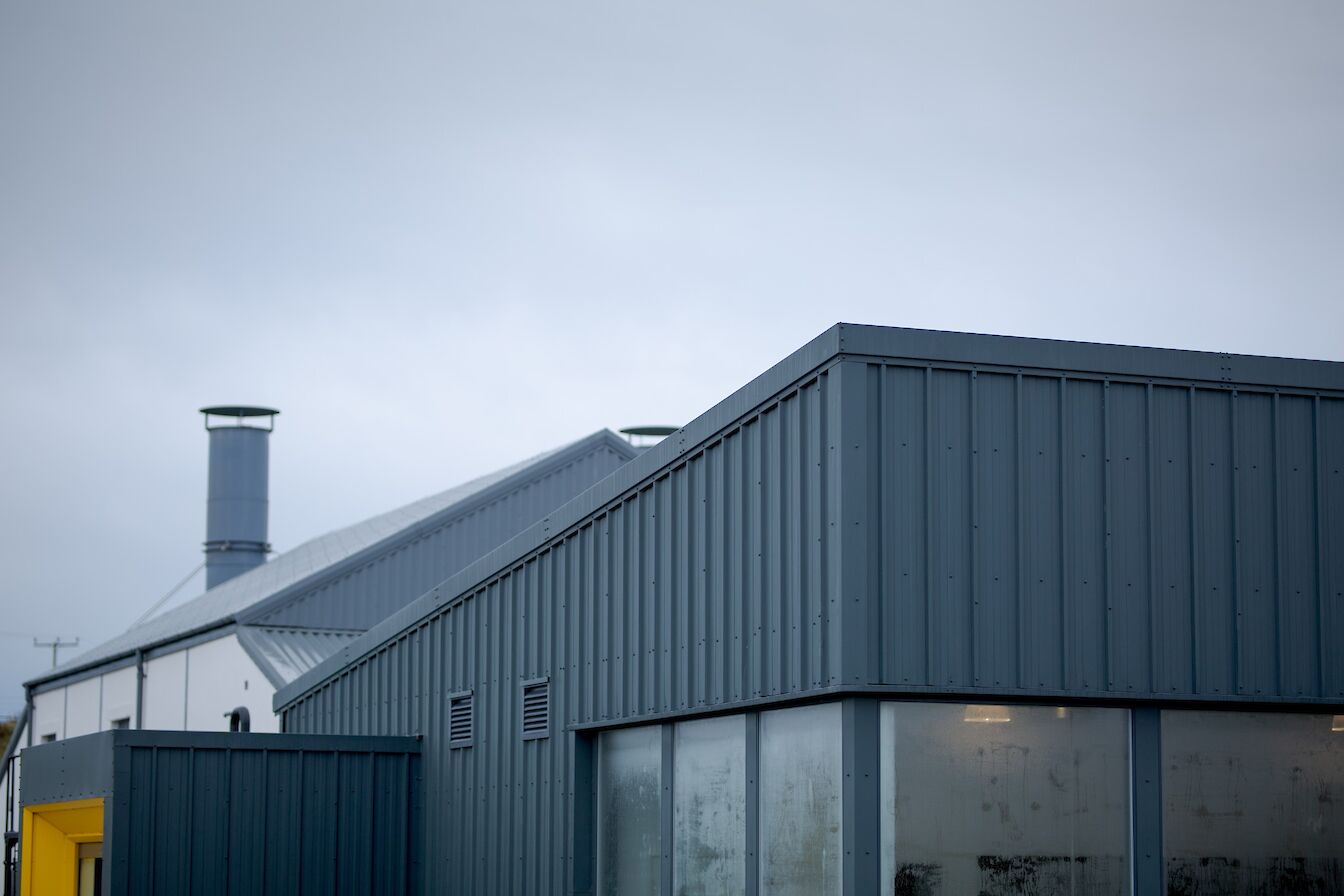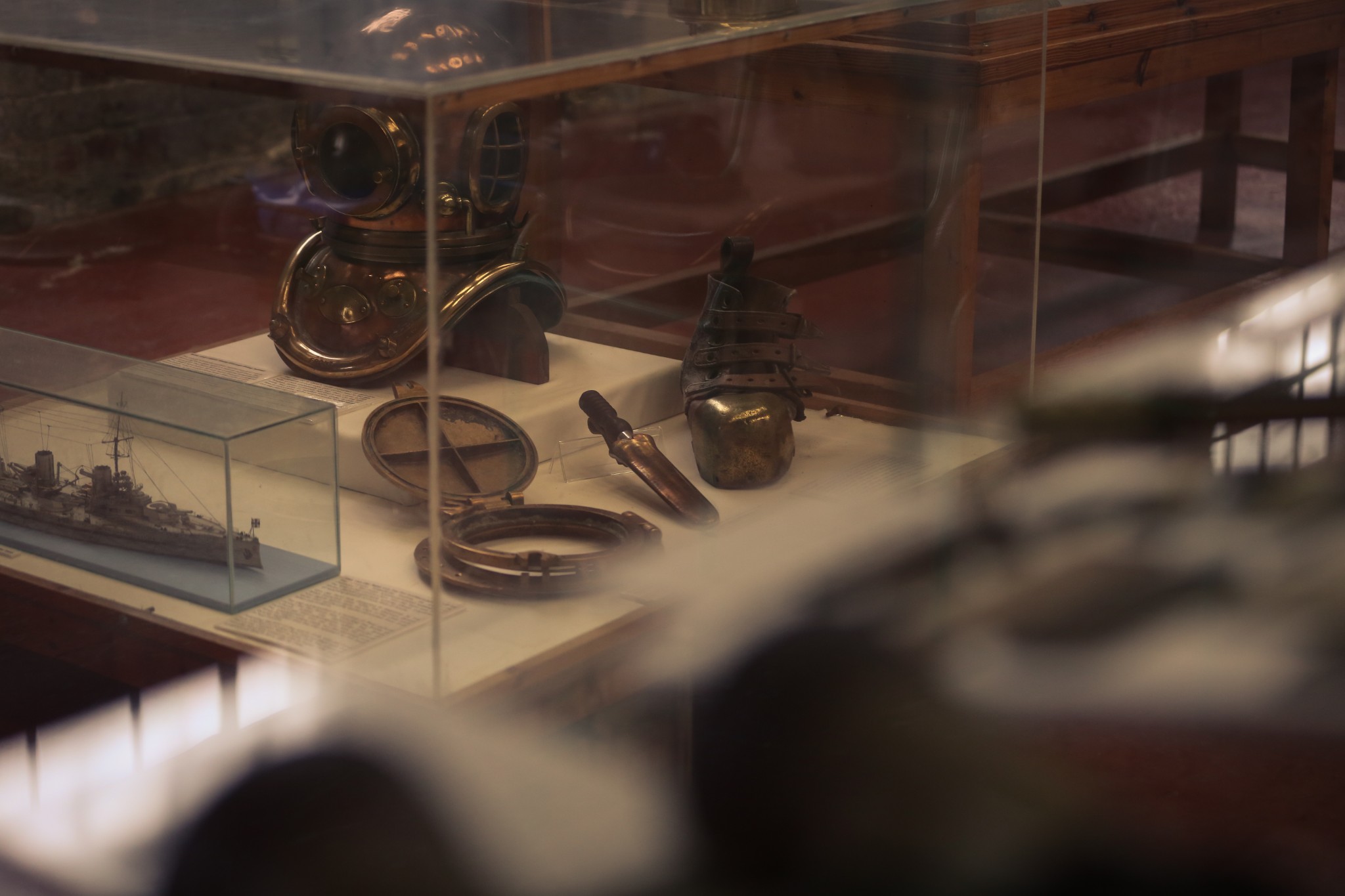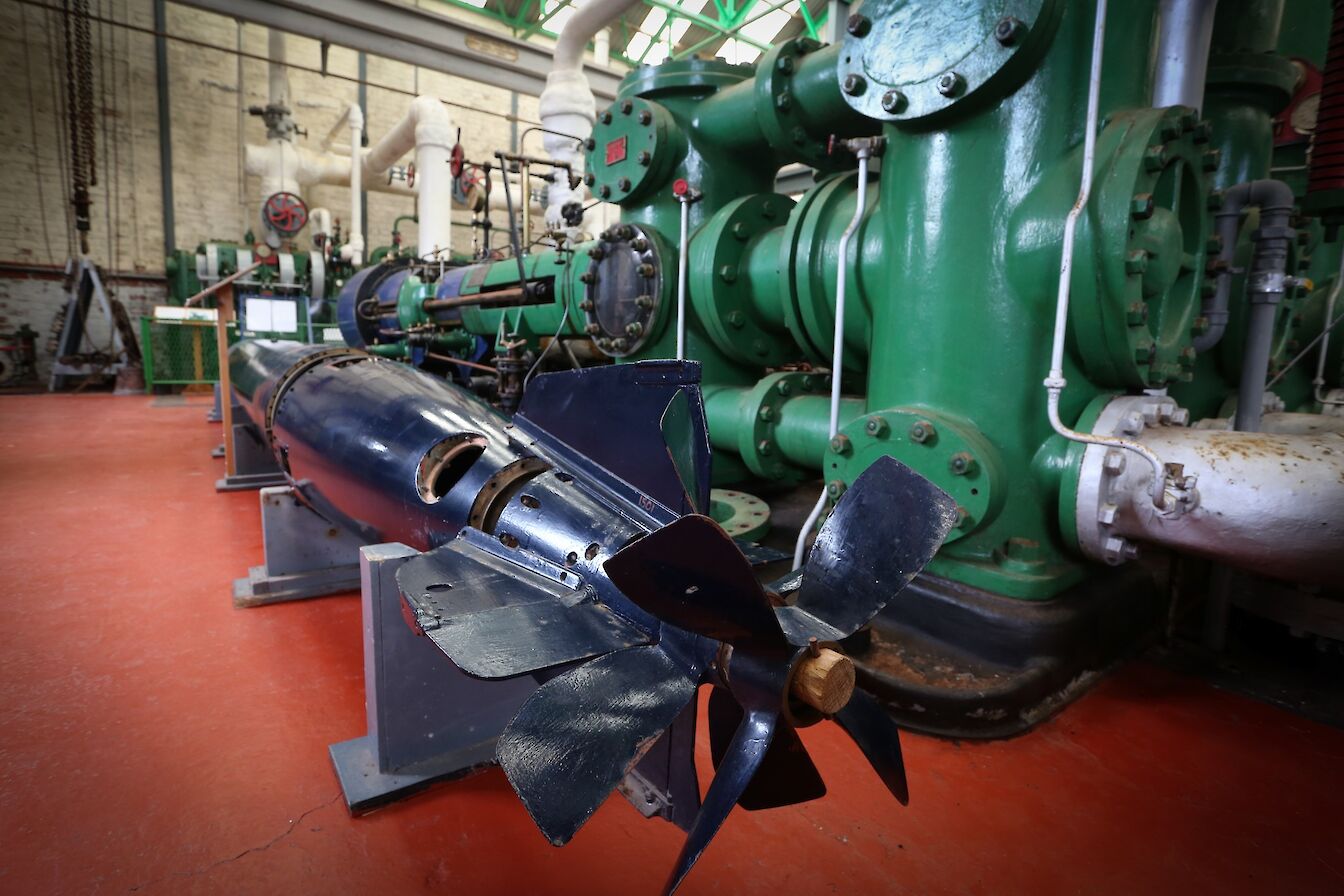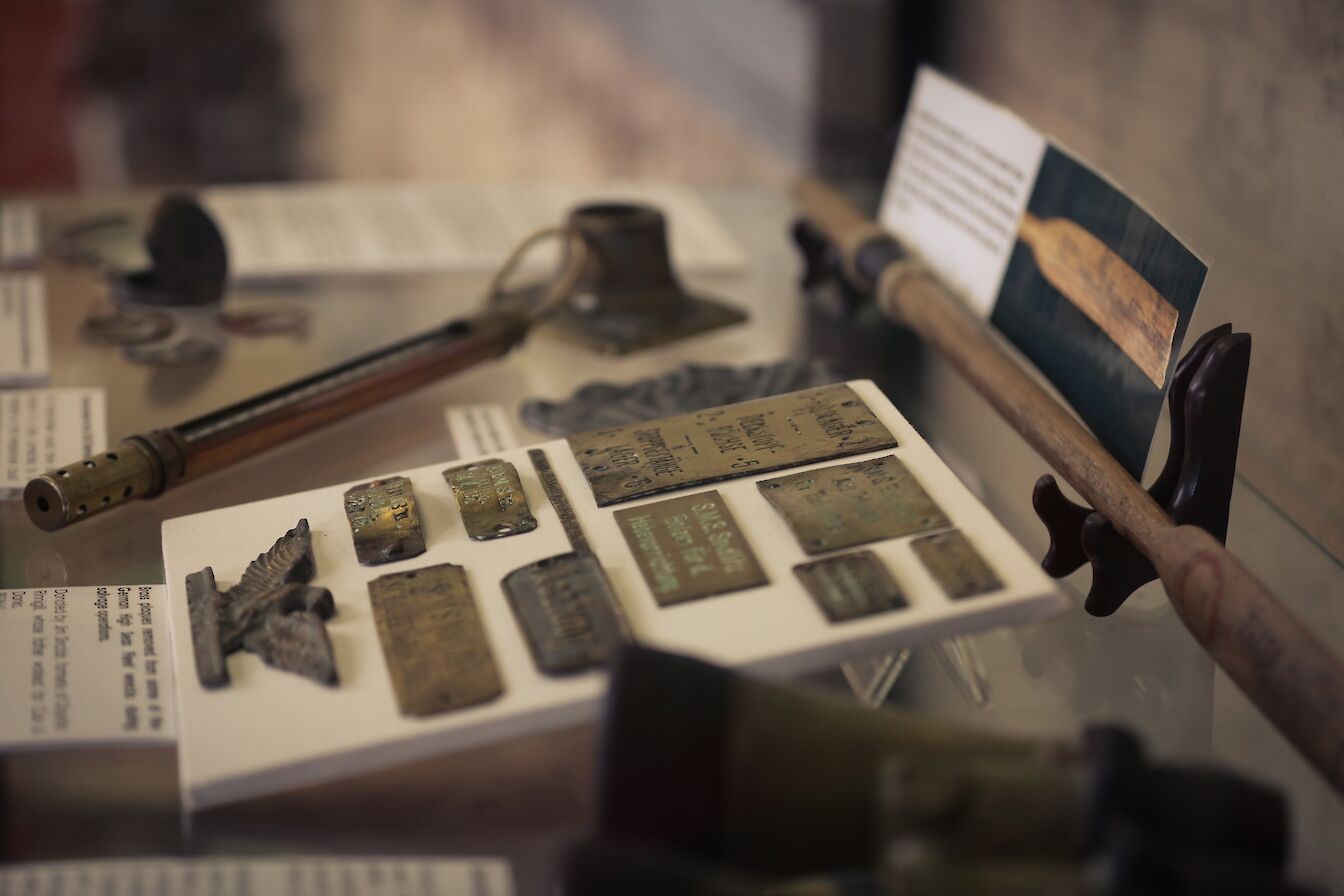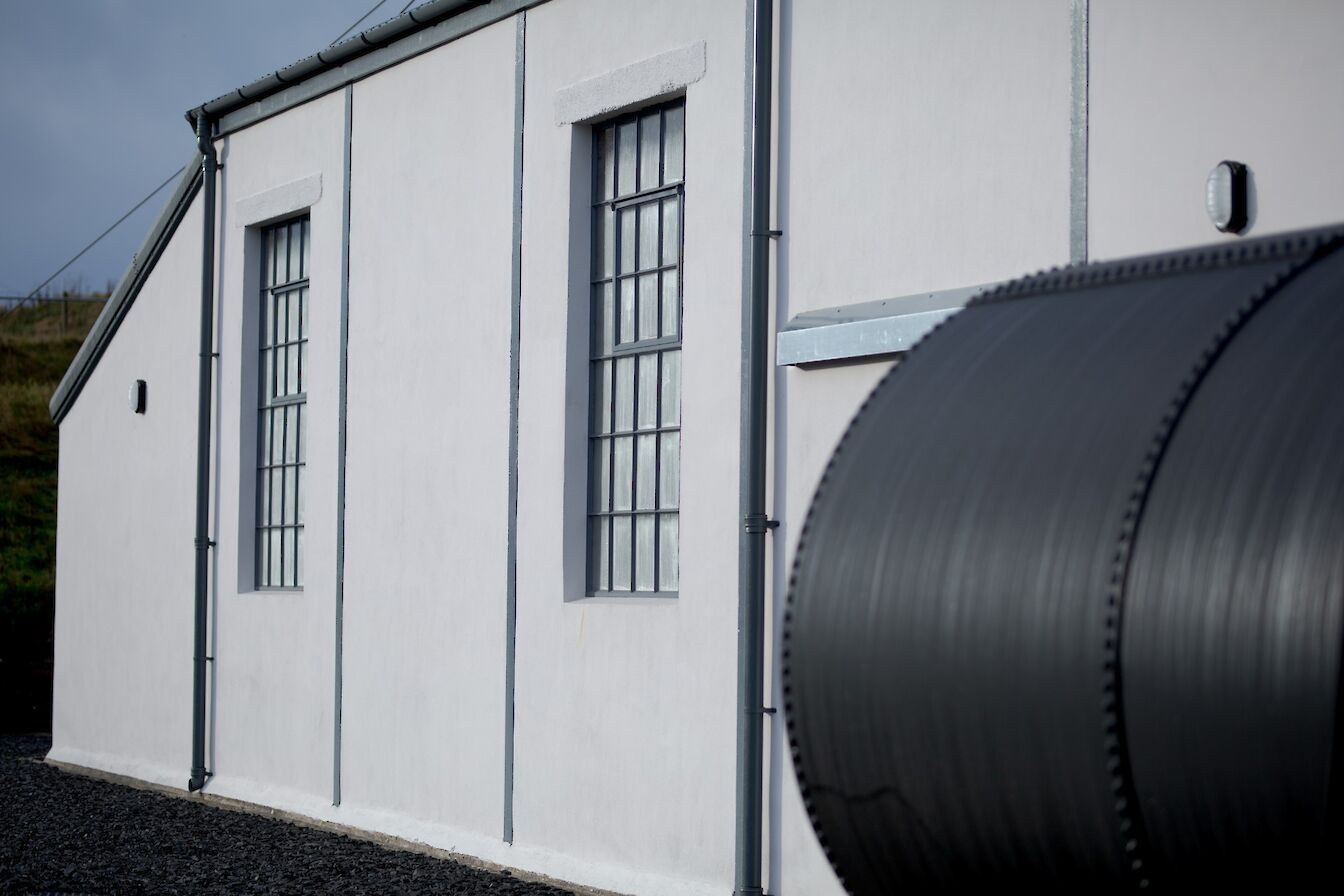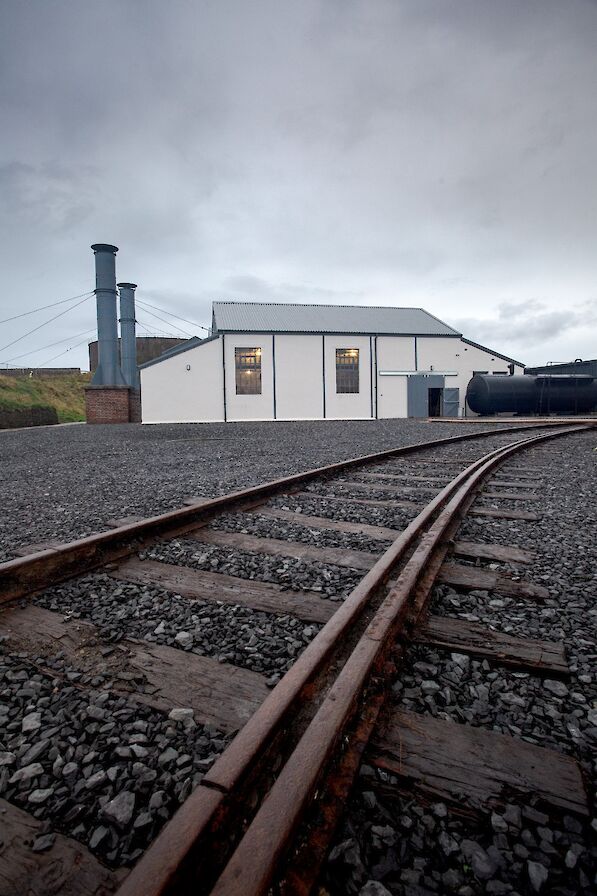The Scapa Flow Museum has long held a special place in the hearts of visitors to Orkney.
It casts its charms over both locals and tourists, including the many recreational divers who visit the islands. Since 1990, the former Royal Navy pumphouse, built in 1937, has been used to display artefacts and exhibition material telling Scapa Flow’s fascinating story as a major naval base throughout both world wars.
The museum, opened in 1990 at the former Royal Navy base of Lyness in the island of Hoy, was in desperate need of a serious revamp and closed for renovation work in 2019. While military buildings are built strong, they’re not usually constructed with longevity in mind. Leaky roofs were one issue, as was the lack of insulation.
“Keeping the heat in wasn’t really a big issue when designing a pumphouse,” laughs Custodian, Jude Callister. “Nobody thought about heating. You were trying to shed the heat!”
The huge pumps were used to transfer oil between vessels and the huge storage tanks, both on-site at the base and buried deep underground in the neighbouring hillside. The noise and heat in this modest building must have been intense while they were in use – less so for the staff and visitors in more recent times.
There’s been an increased interest in Scapa Flow’s wartime history, and ensuring that stories - such as Orkney’s role in the Battle of Jutland, the scuttling of the German High Seas Fleet, and the sinking of HMS Royal Oak and HMS Vanguard - are told in ways which engage and inform has become increasingly important. So, creating a modern, flexible space in which that could be done has been crucial to the project. But what the team working for Orkney Island Council has been keen to ensure from the start is to balance that with retaining the atmosphere and integrity of the existing museum.
That’s been achieved by adding an extension which is, architecturally, very distinct, but links seamlessly to the old. The council’s Capital Projects Team has been working closely with contractors Orkney Builders to create a structure which sits well within this bunded wartime landscape.
“It's got a big gallery that's environmentally controlled,” explains Jude. “We've got improved visitor facilities, the new cafe, foyer, toilets, gift shop, the things that people look for and expect when they come into a museum.”
It’ll also provide a much warmer space for the museum staff to work in. From the outside the building looks fantastic. Inside, the electricians are still hard at work and it’s far from ready for the photographer’s lens, but already you get a sense of how the old and new have been carefully brought together – a sense of flow between the two areas.
It’ll soon be getting handed over to Jude and her team. She warns there’s still a very long way to go before it opens for the public. They’re working with Edinburgh-based exhibition designers, Studio MB, to ensure the content lives up to the space in which it’s housed.
“It’ll include the traditional photographs, graphics, text and objects - both on open display and in cases," says Jude. We're also having a film produced, 'The Fleet in Action', which will tell the story of what the navy did when it left Scapa Flow and went off out. We can interpret what went on within the Flow through the artefacts and photographs, but naturally a lot of what they did was far beyond our horizons. So, it’s a way of telling that story.
"The Pump House will also have a virtual reality exhibit which is being developed as part of the ERDF-funded CUPIDO project alongside Highlands and Islands Enterprise and St Andrews University," she explains. "It digitally recreates part of Lyness during World War Two so people will be able to wander around and see the 16 oil tanks, the boom slab covered in netting, great piles of gear, ships out in the Flow, and some of the buildings that have disappeared. It’s a way of really bringing the whole area to life.”
And bringing new life to this museum has been a long-held ambition. The road to this point has been winding, and at times bumpy. 2020's COVID shutdowns on site were just the latest in a long list of challenges. But, fingers-crossed, if you’re planning a visit to Orkney during the summer of 2022 then Jude and her team hope to be ready to welcome you.
It’s important too for the local community to see this project heading towards the home straight. The museum provides employment and attracts visitor spend. The new wing will also create a flexible space which it’s hoped will be well-used by local residents.
“It’s just wonderful to see it get to this stage and I can hardly believe that I’m going to be lucky enough to work in such a special building,” says Jude. “I have had a few sleepless nights thinking about the next phase, which is where things really kick in for us from a museum perspective, but I’m also really looking forward to it.
"Many museum professionals go their entire career without ever getting this sort of ‘clean slate’ to work with. It’s just really exciting.”
The restoration and extension of Scapa Flow Museum has been funded by Orkney Islands Council, National Lottery Heritage Fund, Highlands and Islands Enterprise, Historic Environment Scotland, NatureScot and Museums Galleries Scotland, with support from The Island of Hoy Development Trust.
